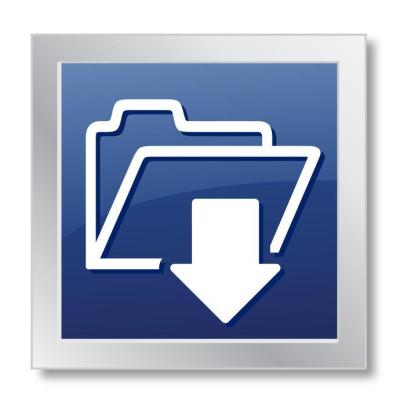Have you ever closed a program and accidentally hit ‘Don’t Save’? Poof! In one forgetful moment all your progress has vanished and your stomach turns into a giant knot. Before you go out and do something crazy, like forsaking technology and modern civilization, you can first check to see if Windows was nice and automatically kept a copy of your unsaved file.
Oversights like this can happen to even the most experienced PC users if they’re distracted, multi-tasking or just not concentrating. Sometimes computers behave badly and shut themselves down before you’ve saved your work. Maybe there’s a power outage. This is why virtually every productivity program comes with an undo button so you can recover unsaved work. There’s no point in wasting time by beating yourself up or blaming. To recover unsaved documents you simply need to follow these steps.
How To Recover An Unsaved Document
In Microsoft Word, Excel, and PowerPoint, you will need to open a new document and then go to File > Info > Manage Versions > Recover Unsaved Documents (or Workbooks, or Presentations). Select the draft that looks like your project and Office will load it for you. Now that you have learned your lesson, be sure to click ‘Save As’. If you are using another application that is not set up to recover projects the same way as Office, but does autosave your drafts, then your unsaved document may be in the Temp file – this is a good place to begin your search. Windows Search is another way to locate a drafts of an unsaved file.
For decades, the best practice when working on a project has always been to hit Ctrl+S every few minutes. The need to constantly save your work is now disappearing as more office productivity applications are hosted on the cloud. The newest version of Microsoft Office 365 and Google Docs are both cloud-based, which means that your work is automatically and regularly saved and backed up. Because cloud computing constantly backs up your current project to another location, you won’t have to panic in the event of error or a crash. Any project saved to the cloud can be accessed from another computer so that you can keep on working while your PC is being repaired.
Cloud Computer Beware
But – a word of warning about cloud computing. If you do most your work on cloud-based applications, you might not remember your old friend Ctrl+S and forget to save your work while using an application that is not cloud-based. In most scenarios like this you can take the steps above to recover your unsaved file. For added protection, your entire network can be set up to save automatically to the cloud, by using a Backup and Disaster Recovery (BDR) solution. With a BDR, it doesn’t matter if your application is cloud-based or not. Every file, program, and document will be backed up to the cloud, just in case.
If you would like to learn more about cloud-based office productivity software like Microsoft Office 365 and Google Docs, or you would like your entire network backed up to the cloud with BDR, then call Quikteks Tech Support at (973) 882-4644 and let us help protect you from mistakes.

